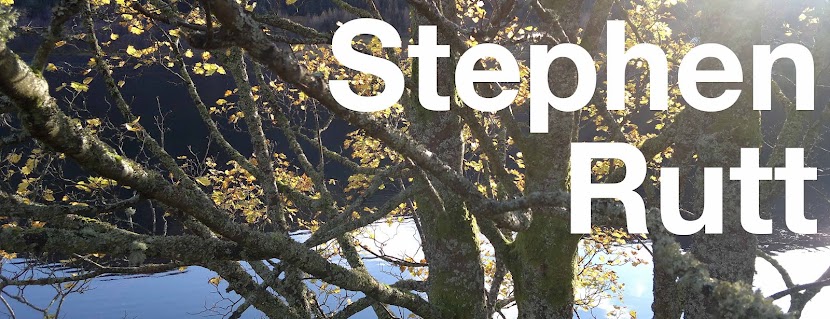Chaffinches scattering from the gravel track to the cliff-top wood. Redwings seep out of the hawthorns and oak — some landing, some leaving. Other thrushes (blackbird and song) call quietly, seemingly several to each bush.
Gravel becomes mud. Light becomes shade.
In the heart of the wood is a strand of sycamores. I stand underneath, disturbing nothing, becoming like an adjunct trunk. In the heart of the sycamore, three goldcrests — six grams of feather, bone and muscle — flit about the canopy, foraging invisible insects from the undersides of rusting leaves. Migrants too. From, not just the woods of Belgium and the deep pines of Scandinavia, but from beyond the Danube, the Vistula, perhaps the Volga too? We are still working out from how far east our goldcrests can migrate in winter. An advance at least on the often repeated old folk-tales, that could only explain their crossings of the North Sea by them riding on the backs of short-eared owls and woodcocks.
The tree welcomes them, wherever they’re from. Food and shelter before the leaves are stripped back by November gales and they move on, once more, driven by the need for food and shelter. The mist has burnt off and the sky is deep autumn blue. The thrushes vanish. Skylarks head over, high, in singles. Flocks of goldfinch determinedly bounce south along the cliff-top. The world keeps turning. A leaf falls from the sycamore. The goldcrests keep flitting.
 |
| A migrant goldcrest from Orkney, where ditches replace sycamores. |

